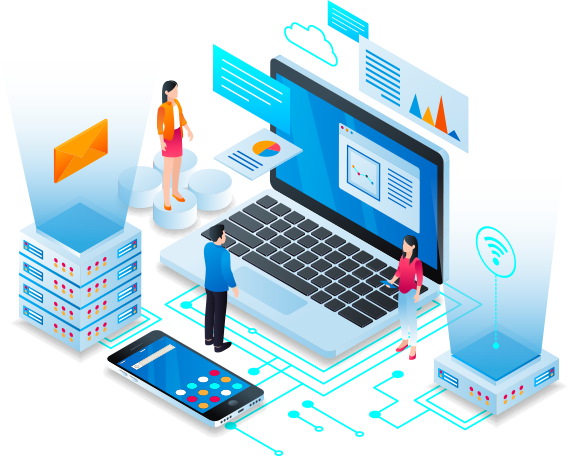Why Adopt IoT?
Installing a smart home technology system provides homeowners with convenience. Rather than controlling appliances, thermostats, lighting, and other features using different devices, homeowners can control them all using one device—usually a smartphone or tablet.
Since they're connected to a portable device, users can get notifications and updates on issues in their homes. For instance, smart doorbells allow homeowners to see and communicate with people who come to their doors even when they're not at home. Users can set and control the internal temperature, lighting, and appliances as well.
For the cost of setting up the smart system, homeowners can benefit from significant cost savings. Appliances and electronics can be used more efficiently, lowering energy costs.


Features
- Compatible with standard protocols
- Works with Alexa
- Works with Google Assistant
- Write your own apps & drivers
- Automations are local, fast & reliable
- Device data stays local & private
- Works without internet
- All installed apps run local
- Backup to local PC
- User controls timing of updates
- Works with Lutron Caséta
- Works with Lutron RadioRA2, Homeworks QS and Grafik Eye QS
Smart Assisted Living
Vilimbu AI/IoT platform provides advanced analytics to data from non-intrusive connected devices in assisted living settings, to identify and respond to risk events such as falls, dehydration, etc. The real value is based on the reduction of costs associated with acute admissions, by triggering early intervention at the time that a risk event is initially detected
Different sensors can be connected to capture data depending on specific needs, including:
- Measurement of environmental conditions, from humidity to temperature, noise, CO2, etc.
- Detection of accidents and risks such as falls, fire, intrusion and motion.
- Monitoring of long-term conditions, sleep patterns, and consumption of medications, food and water.
- Measuring the consumption of utilities such as water, gas and electricity.
The information captured by the sensors is transmitted through a broadband or mobile connection to a central location where it is safely stored and immediately analysed. If the data suggests an emergency situation, then an alarm is raised and issued to relevant people or services. Otherwise, the sensor data is continuously analysed to identify trends that may suggest potentially unsafe or unhealthy behaviours.